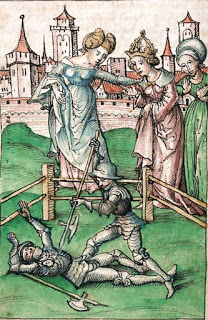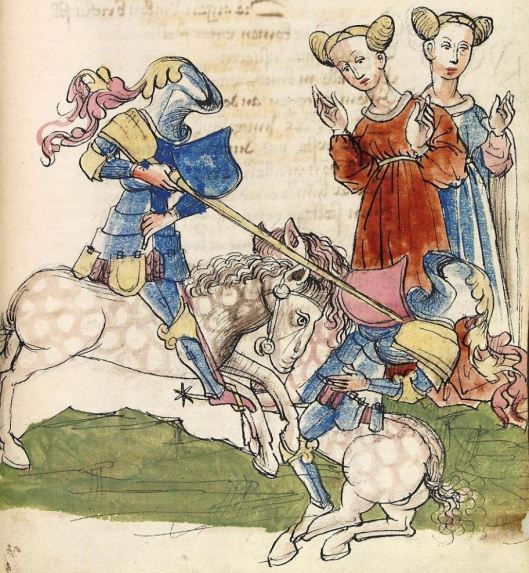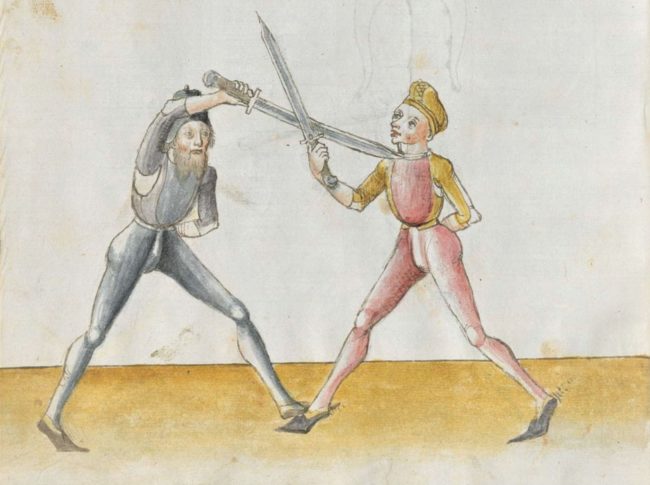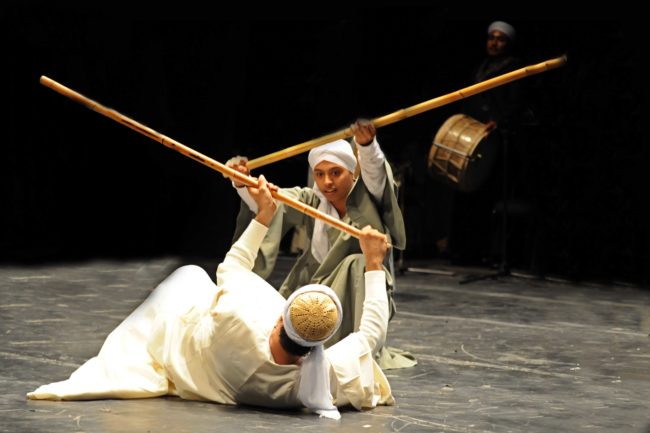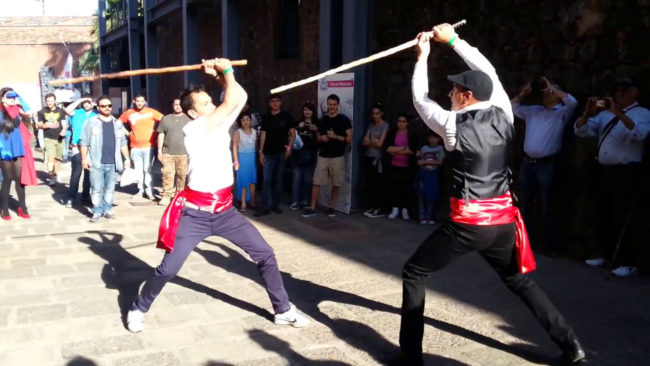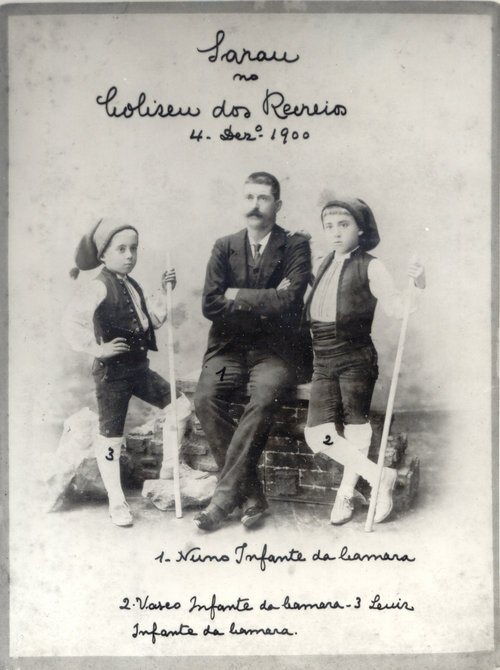A Review of the Henry V Sword from Arms and Armor
Physical Characteristics: Weight: 2.7 lbs. (hollow ground version: 2.3 lbs.) Length, overall: 33.5” Length, blade: 27.5” Length, grip: 3.75” Width at cross: 2.25” Width at PoP: 1.25” Point of Balance: 2.5” from cross Point of Percussion: ~17” from cross The thing you notice first when taking up this reproduction by Arms and…


